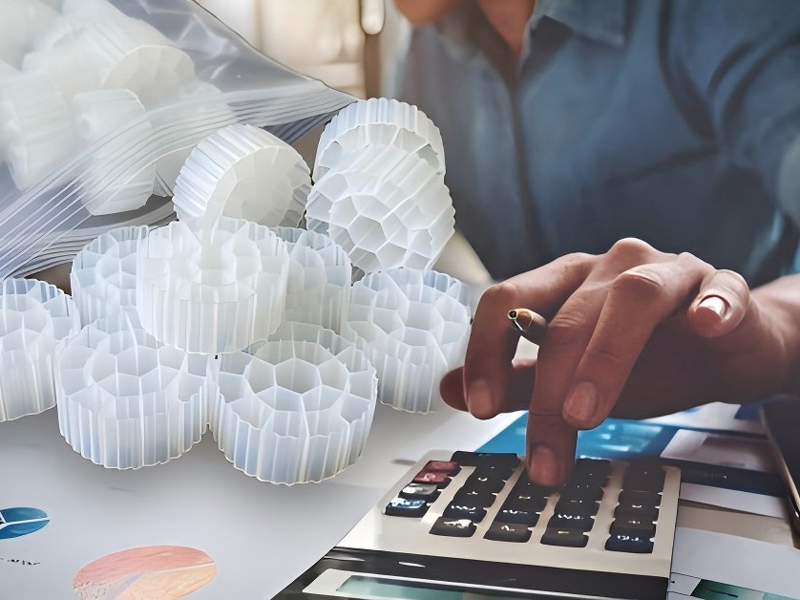 +86 13600513715
+86 13600513715
Industry Wastewater Characteristics and Core Challenges
Key Challenges
Cooling Water Contaminants
FGD Wastewater Complexity
Zero Liquid Discharge (ZLD) Pressure:

Advanced Cooling Water Treatment
● Technology: Hybrid reverse osmosis (RO) + electrodialysis (ED) systems for high-TDS water.
JUNTAI Advantage:
● Scale Inhibition Coating: Reduces scaling by 80%, extending equipment lifespan.
● Waste Heat Recovery: Integrates thermal energy from cooling water to power ZLD systems, cutting energy costs by 30%.
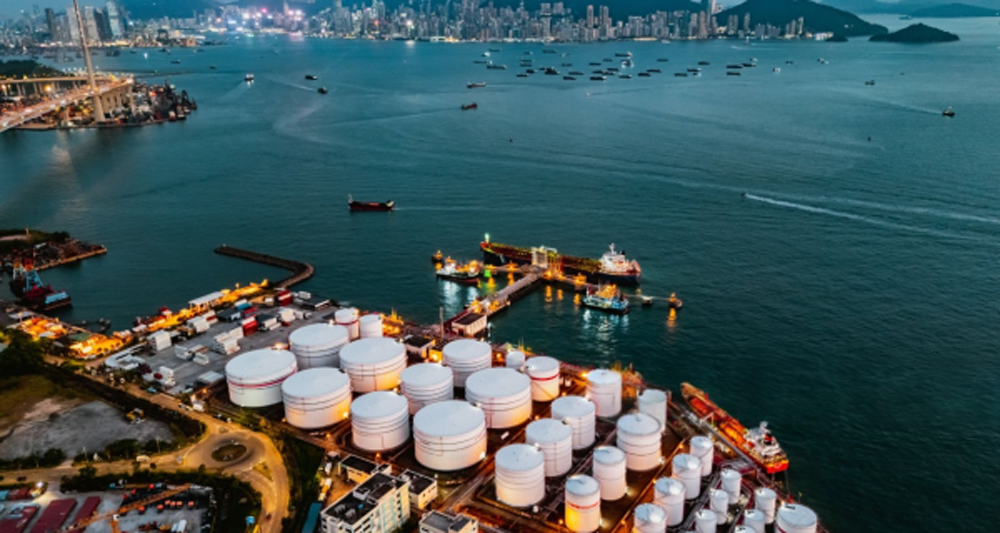
FGD Wastewater ZLD Systems
● Technology: Multi-effect evaporation + crystallization for salt recovery (NaCl, CaSO₄).
JUNTAI Advantage:
● Low-Temperature Crystallization: Operates at 60°C, reducing energy consumption by 40% compared to traditional thermal systems.
● Heavy Metal Adsorption: Functionalized membranes remove 99% of Hg and Cr⁶⁺.
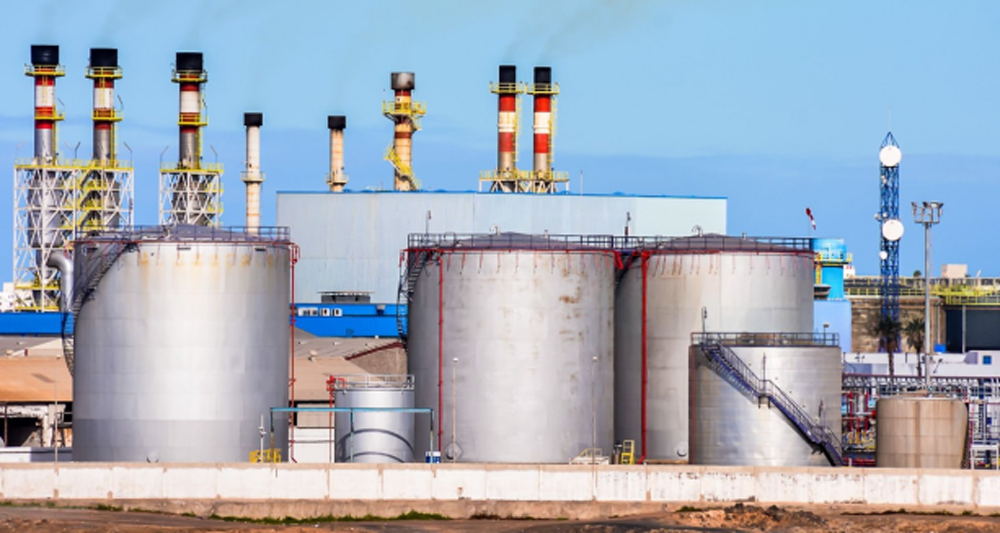
Solar-Driven Thermal Evaporation
● Technology: Solar steam generation (SSG) with graphene-enhanced absorbers for brine concentration.
JUNTAI Advantage:
● 90% Solar Efficiency: Achieves 10 L/m²/h evaporation rate under 1 sun irradiation.
● Salt-Resistant Design: Prevents clogging in hypersaline conditions (>200,000 mg/L TDS).

Innovations in High-Salinity Wastewater Treatment
● Technology: Hybrid reverse osmosis (RO) + electrodialysis (ED) systems treat high-TDS cooling water (TDS >50,000 mg/L), integrated with waste heat recovery to reduce energy consumption.
● Case Study: A coal-fired plant reduced cooling water TDS from 35,000 to 500 mg/L using RO+ED, with 30% energy savings via waste heat-driven evaporation.
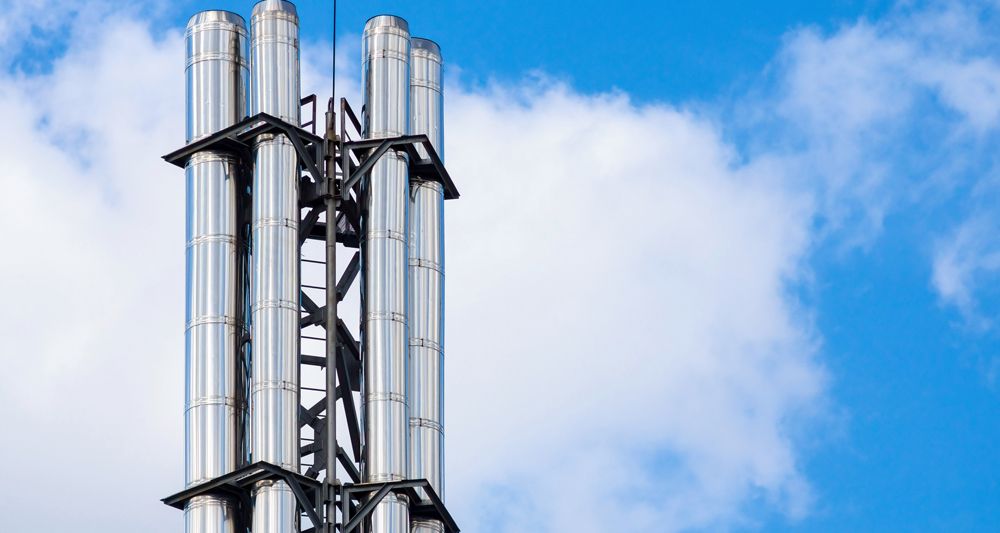
FGD Wastewater Zero Liquid Discharge Pathways
● Technology: Multi-effect evaporation (MED) + mechanical vapor recompression (MVC) enables salt crystallization (e.g., NaCl, CaSO₄) at 60°C, reducing energy use by 40% compared to conventional thermal methods.
● Industry Breakthrough: A project achieved 99% removal of Hg and Cr⁶⁺ via functionalized membranes, with crystallized salts meeting industrial-grade purity (>99.5%).

Advances in Lithium Recovery from Geothermal Brines
● Technology: Metal-organic frameworks (MOFs) selectively adsorb lithium ions (Li⁺), paired with ion exchange to produce battery-grade lithium carbonate (Li₂CO₃).
● Implementation: A geothermal plant in Iceland produces 2.3 tons/month of 99.5% pure lithium from 50°C brine, supplying the EV battery supply chain.
Case Studies
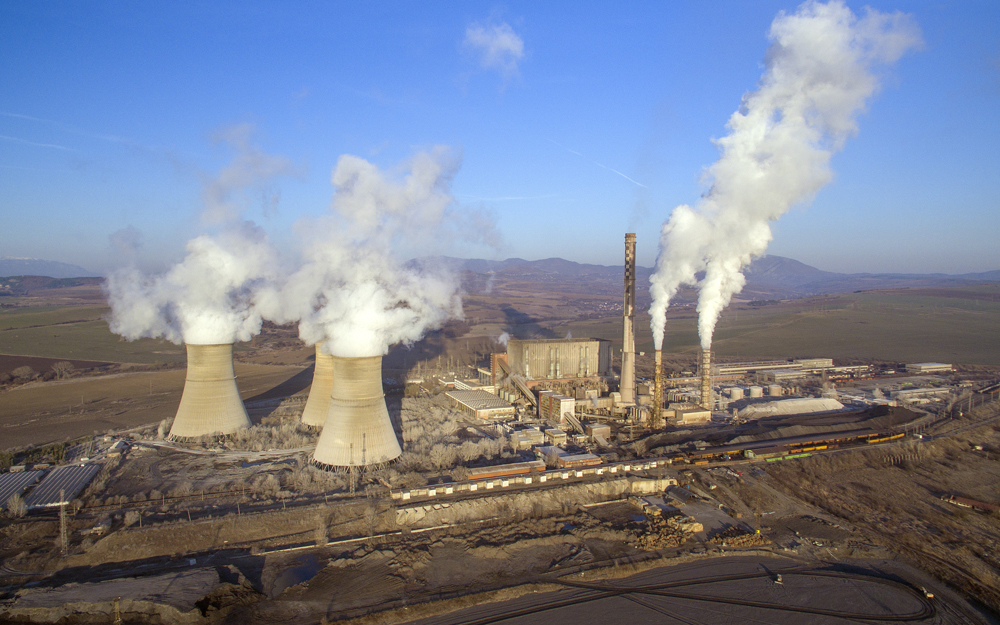
Coal-Fired Power Plant in China
-
1
Challenge
FGD wastewater with Cr⁶⁺ (12 mg/L) and TDS (35,000 mg/L) exceeded discharge limits. -
2
Solution
JUNTAI’s ZLD system with low-temperature crystallization and solar-assisted evaporation. -
3
Results
Parameter Influent Effluent Cr⁶⁺ 12 mg/L <0.01 mg/L TDS 35,000 mg/L <500 mg/L Annual Savings: $1.8M via salt sales and reduced penalties.
Nuclear Power Cooling Water Recycling
-
1
Challenge
Cooling water with 80°C thermal discharge and scaling ions (Ca²⁺ >1,200 mg/L). -
2
Solution
Hybrid RO + waste heat-driven ZLD. -
3
Results
Water Recovery: 92% recycled for cooling, reducing freshwater intake by 50%.Salt Production: 8 tons/day of CaSO₄ for industrial use.
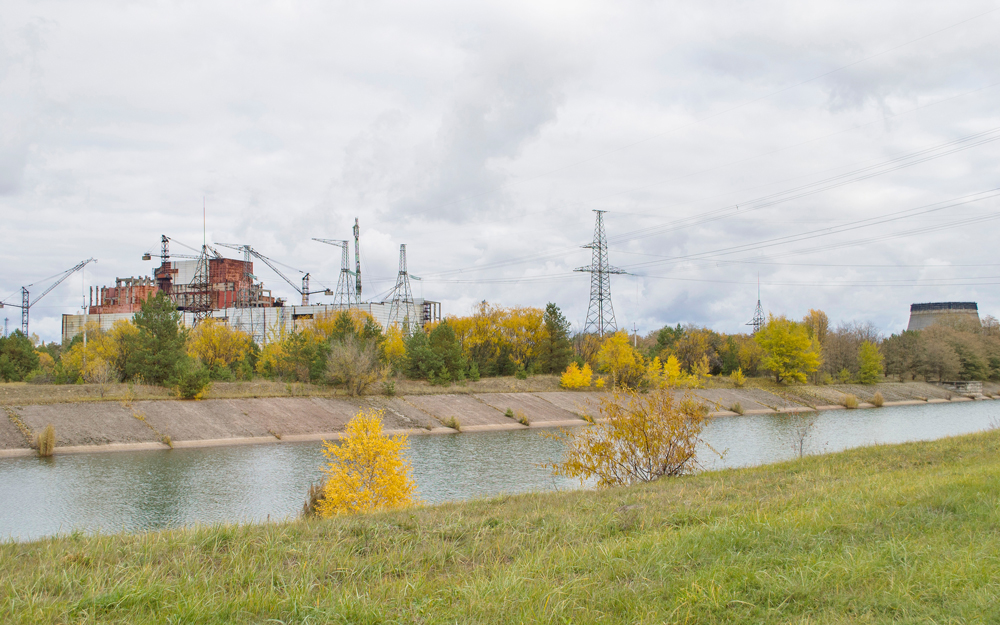
Digitalization and Future Trends
